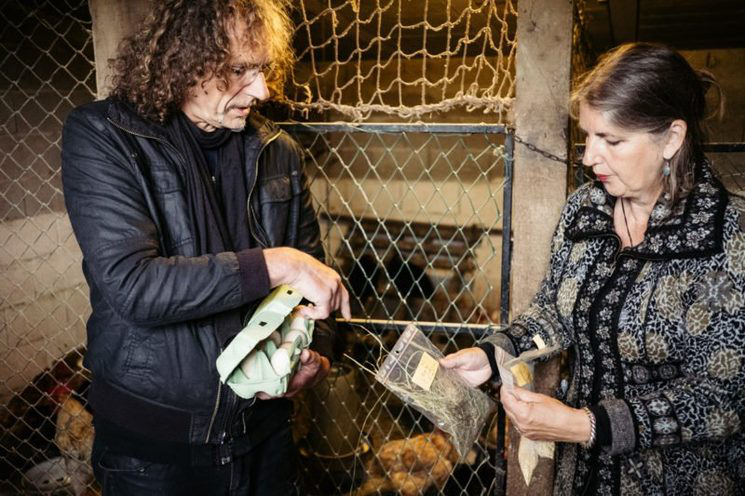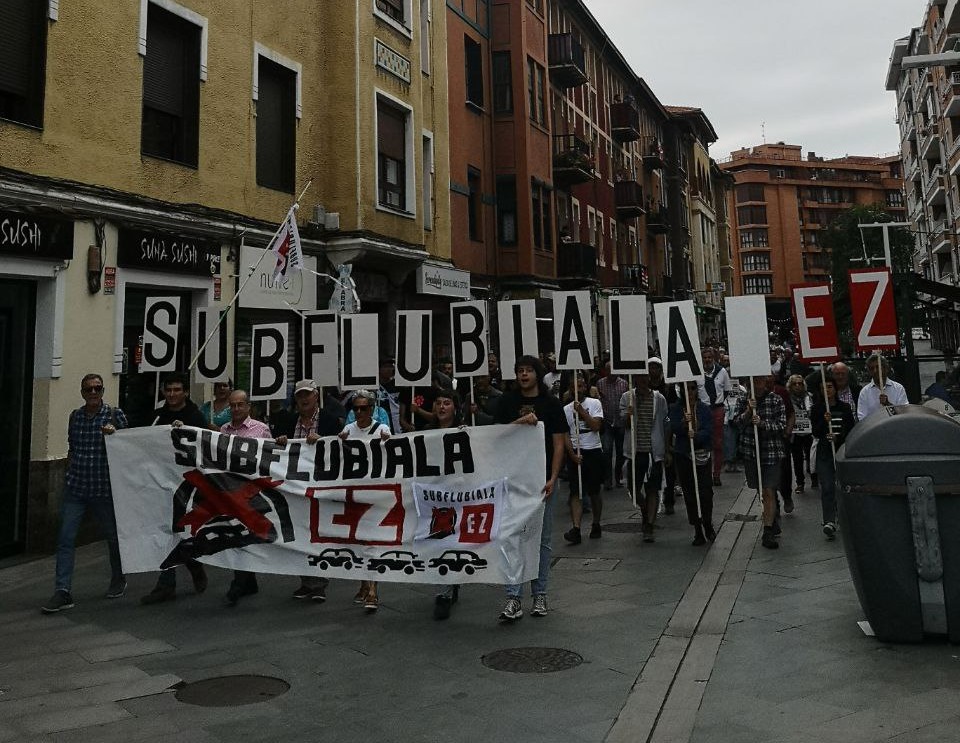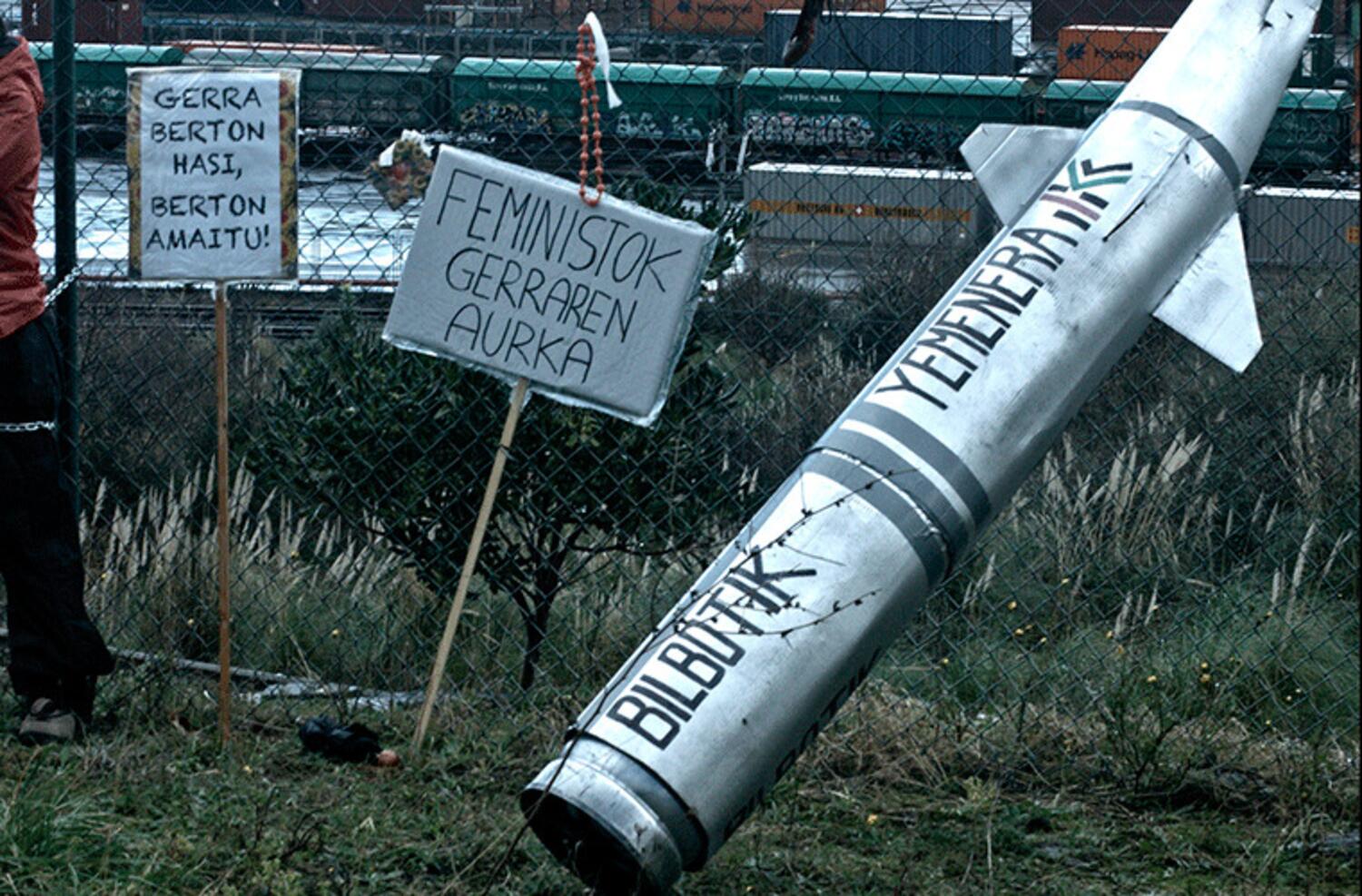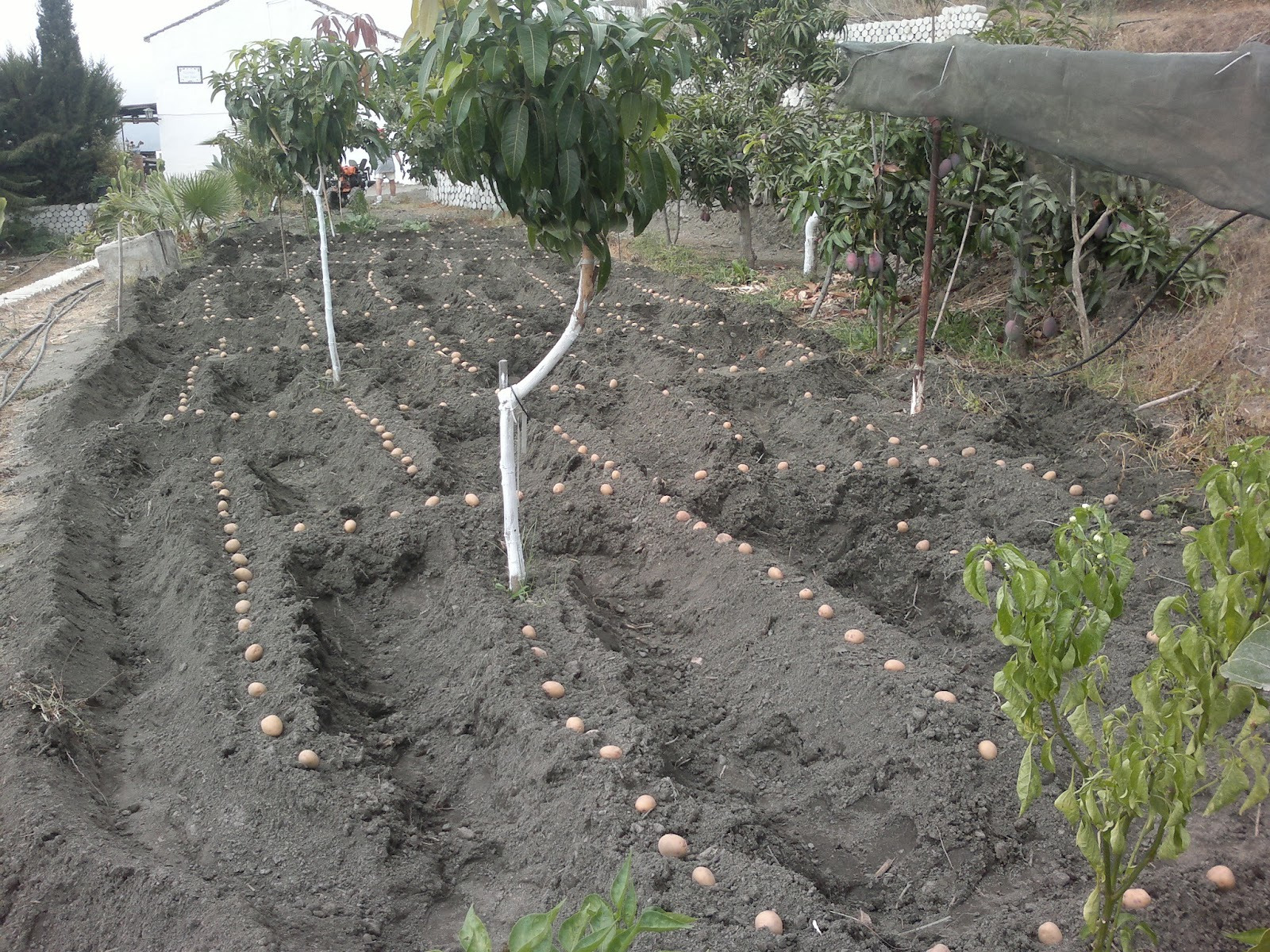Why has the sky exploded now in Valencia?
- A storm has caused a disaster in the west of the Mediterranean, which has left at least 51 dead and dozens missing from the Mediterranean earthquake. The meteorologist Millán Millán warned that the causes of such severe storms should be sought in the destruction of the coast. And it also solved. "You have to plant storms."

Spectacular images have come to us from Valencia. An isolated DEPRESSION in the upper layers has caused in a few hours between 400 and 500 liters of water and has left dozens of dead and missing. At the moment, the Valencian Generalitat has recorded at least 51 deaths in recent hours. According to meteorology agency Aemet, this is a phenomenon that has not been seen since 1982. The water has taken bridges, buildings and roads ahead, while people have been trapped in localities such as Alfafar, Paiportán or Sedavi, among others. In addition, in Andalusia and Murcia the damage is also significant, as it occurs in urban areas and in agricultural soils.
If there has been a failure or negligence in the forecasting systems, if appropriate measures have been taken by the Valencian authorities, if production has been preferred rather than paralysing the activity of companies in the face of an emergency situation, if farmers have again been marginalised... There is much to be analysed and debated, while damage and deaths continue to be accounted for. And there is much to be done from solidarity as well.
If measures have been taken by the Valencian authorities; if production has been prioritised instead of paralysing business... There's a lot to discuss, as they continue to count the damage and the death
But, on the other hand, many are wondering why and how the storm has arisen at any given time and whether it can be repeated elsewhere. Several experts have warned that the man's hand is behind him.
The mystery of the disappearance of summer storms
The Granadan meteorologist Millán Millán investigated the storms of the Mediterranean for years. The head of the Mediterranean Environmental Research Centre discovered the causes of the disappearance of summer storms in the southeast of the Iberian Peninsula (Sierra Nevada, interior of Valencia...). In his view, it is directly related to the process of urbanisation of the coast and the destruction of forests, as we explained three weeks ago in this Nearby Net.
We've left the coast without forests or marshes, filling it with cement, and the storm doesn't usually explode so often on the mountain.
The amount of water required for clouds to break (21 grams per cubic meter) is not only received from the sea but also from the coastal forests. But because we've left the coast without forests and marshes, and we've filled it with cement, the storm doesn't usually erupt as often on the mountain, as it did almost every day in the early summer. On the contrary, humidity accumulates in higher atmospheric layers, until it collapses from terrible violence in other areas and times of the year farther away. With the following graph he showed:

In addition to the storm that has been experienced in Valencia, many recall the Boris storm that has taken place in central Europe, as well as other extraordinary storms that are being seen closer.
Millán Millán said the solution was to restore the coast with forests, recover the marshes and make greener cities: “We have to plant storms,” he said. But his theory was uncomfortable for those who base climate change solely on CO2 emissions, ignoring the loss of biodiversity.
“We have to plant storms,” Millán Millán said. But his theory was uncomfortable for those who base climate change solely on CO2 emissions, ignoring biodiversity loss.
Red Mediterranean: "Tornadoes and stones will come as the fist"
Another direct consequence of deforestation and destruction on the coast is the rise in sea water temperature. The moisture accumulated in the upper layers warms even the sea: “The problem with climate change is water vapor. All this heat you see now is not CO2, but water vapor,” the meteorologist said.
The Mediterranean is burning. Manuel Turiel and Juan Bordera wrote in late summer in Ctxt magazine that the sea temperature is "breaking records." “The warmer the atmosphere, the more water vapor can accumulate: about 7% more for each degree of increase in air temperature,” they say. So, more heat time and more precipitation water.

In addition, the sea is acidified, corals are bleached by heat stress and fauna disappears. Biodiversity loss again. The Mediterranean is currently on the highest alert in this regard, according to the authors of the article.
According to Turiel and Barbera, when the water layer is above 28 degrees, the sea can transform it into any hurricane: “With these storms will come the tornadoes, stones like fist, floods and revolts.”
Do not look for this connection from Ezkio or Altsasu, let alone crossing the Ebro River through Castejón. The connection, or rather the connections, between the Basque Y and the AVE of Navarre is already a reality. It is these links in the plural that should concern us and... [+]
Udaberrian orain dela egun gutxi sartu gara eta intxaurrondoa dut maisu. Lasai sentitzen dut, konfiantzaz, bere prozesuan, ziklo berria hasten. Plan eta ohitura berriak hartu ditut apirilean, sasoitu naiz, bizitzan proiektu berriei heltzeko konfiantzaz, indarrez, sormen eta... [+]
Ohe beroan edo hotzean egiten da hobeto lo? Nik zalantzarik ez daukat: hotzean. Landare jaioberriek bero punttu bat nahiago dute, ordea. Udaberriko ekinozio garai hau aproposa da udako eta udazkeneko mokadu goxoak emango dizkiguten landareen haziak ereiteko.
Duela lau urte abiatu zuten Azpeitian Enkarguk proiektua, Udalaren, Urkome Landa Garapen Elkartearen eta Azpeitiako eta Gipuzkoako merkatari txikien elkarteen artean. “Orain proiektua bigarren fasera eraman dugu, eta Azkoitian sortu dugu antzeko egitasmoa, bere izenarekin:... [+]
Itsasoan badira landareen itxura izan arren animalia harrapari diren izaki eder batzuk: anemonak. Kantauri itsasoan hainbat anemona espezie ditugun arren, bada bat, guztien artean bereziki erraz atzemateko aukera eskaintzen diguna: itsas-tomatea.

















